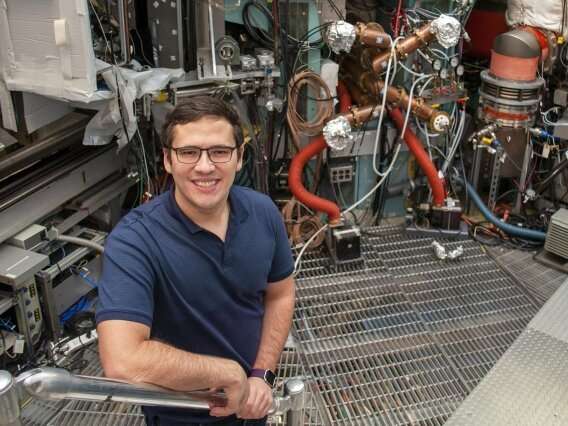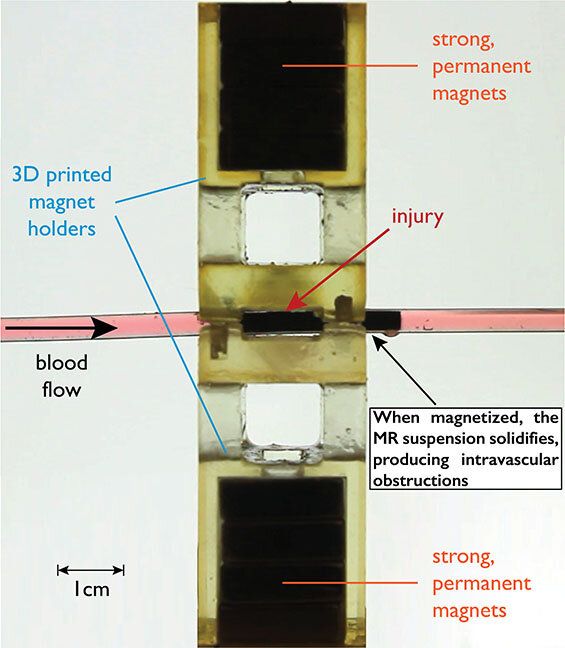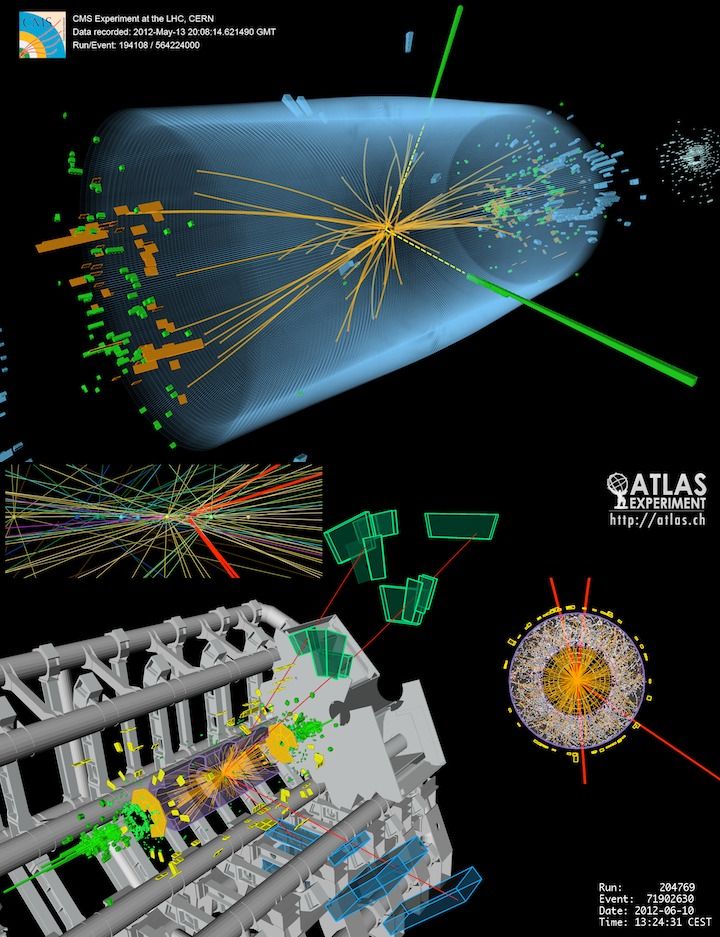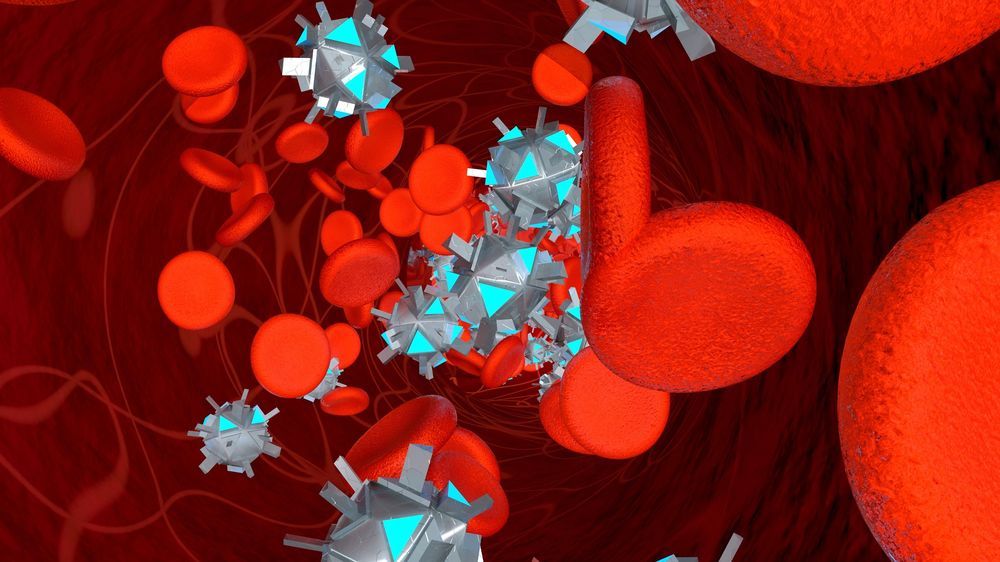No one has ever seen an active asteroid up close like this.
“Among Bennu’s many surprises, the particle ejections sparked our curiosity, and we’ve spent the last several months investigating this mystery,” Dante Lauretta, OSIRIS-REx principal investigator at the University of Arizona, Tucson, said in a statement. “This is a great opportunity to expand our knowledge of how asteroids behave.”
The researchers are trying to figure out what is causing these “ejection events.”
“No one has ever seen an active asteroid up close like this,” Carl Hergenrother, an astronomer at the University of Arizona, told Wired. “It wasn’t that long ago that the conventional wisdom was that asteroids are these dead bodies that didn’t change very much.”





